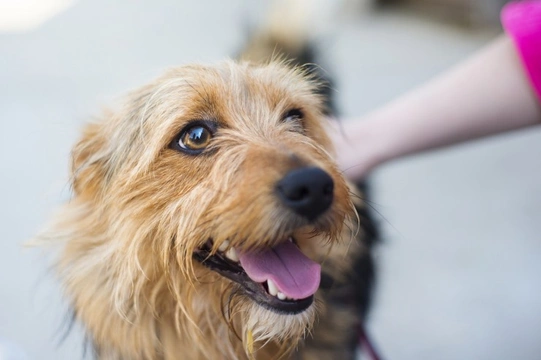
Phobia of dogs - Looking into cynophobia
Cynophobia is the formal name given to a phobia of dogs, which goes beyond simple nervousness, fear or the natural caution that can accompany being around strange dogs.
While the condition is reasonably uncommon when it comes to true phobias, it can be a very restricting phobia for people affected by it, as it is very challenging to live a life that involves never seeing or having contact with a dog of any type! This means that the phobia is one that those affected by will often take steps to resolve, in an attempt to make their responses to the presence of dogs less severe, and offering them better peace of mind and less likelihood of reacting badly when around dogs.
In this article, we will look at cynophobia in more detail, including the signs of the phobia, how it manifests, and what can be done about it. Read on to learn more.
Indicators of cynophobia
Every person who suffers from cynophobia will react differently to the sight or presence of dogs, with some people’s reactions being fairly muted, while for others, the effect that it has on them can be very severe. Some of the signs of cynophobia in people can include:
- Feelings of impending doom and dread.
- Screaming.
- Increased heart rate.
- Panic attacks.
- Shaking and trembling due to the reaction of the body’s fight or flight response.
- Excessive sweating.
- Fainting or light-headedness.
- Fast, shallow breathing.
- Nausea or vomiting.
- Instinctive response to retreat or run away or hide.
While most adults who live with cynophobia will be aware that their responses are over exaggerated, this does not mean that they can necessarily control them, although many adults develop coping mechanisms that cause their symptoms to ease up over time.
Children, however, that suffer from cynophobia will generally produce a very pronounced response to the presence of dogs, and be unable to control their reactions or recognise their fear as a phobia, rather than an appropriate response to a perceived threat.
People who suffer from cynophobia can find it very restricting, as the condition means that they will often take steps to avoid coming into contact with dogs altogether, which may limit where and when they feel comfortable walking around or leaving the house, and will go out of their way to avoid coming into contact with dogs.
In extreme presentations of the phobia, even seeing dogs on TV, pictures of dogs or the sound or smell of dogs can set off a bad reaction.
How does cynophobia develop?
Cynophobia is not considered to be an innate phobia in terms of its development, while an innate phobia is one that occurs naturally for no reason and with no trigger. Put simply, nobody is born with a fear of dogs, it is something that develops due to a triggering event in their lives, which may be real or imagined.
For very young children, even catching a glimpse of a film or TV show in which a dog behaves aggressively or attacks a person can be enough to cause the phobia to develop, as the situation they are seeing is viewed and processed with their young minds, which have not as yet developed a balanced view of the world and reality versus fiction.
Understandably, actual real life bad experiences with dogs can also generate the beginnings of the phobia, such as being bitten or attacked, or witnessing something of this type happening. Ergo, the phobia can develop at any age.
Dealing with cynophobia
Cynophobia can be very restricting for its victims, as we have outlined above. This means that the best approach to lessening the effects of the phobia is to work with it, rather than attempting to avoid dogs altogether. There are two core approaches to dealing with cynophobia:
Exposure therapy, which has proven to be effective in working to address the impact that the phobia has on its sufferers. Exposure therapy involves short periods of exposure to dogs in a safe, managed environment, with the duration of the exposure and how close the sufferer gets to the dog built up gradually over time. Finally, at the end of the treatment sessions, the person should hopefully be able to approach and interact with a dog.
Desensitisation therapy is the other common approach, which involves changing the sufferer’s reactions to dogs and the idea of dogs. Relaxation techniques are employed alongside of exposure to images of dogs and while thinking about dogs, in order to retrain the body’s responses and default reactions when as dog is nearby. This process can take time, and needs to be continued until the sufferer can think about dogs and look at them without reacting badly.
Therapy does not of course mean that everyone who goes through it will end up as a dog lover, although some people who have gone through successful therapy may even consider owning a dog in the future.
However, dealing with the issue in these ways can help to make life more comfortable for those affected.



